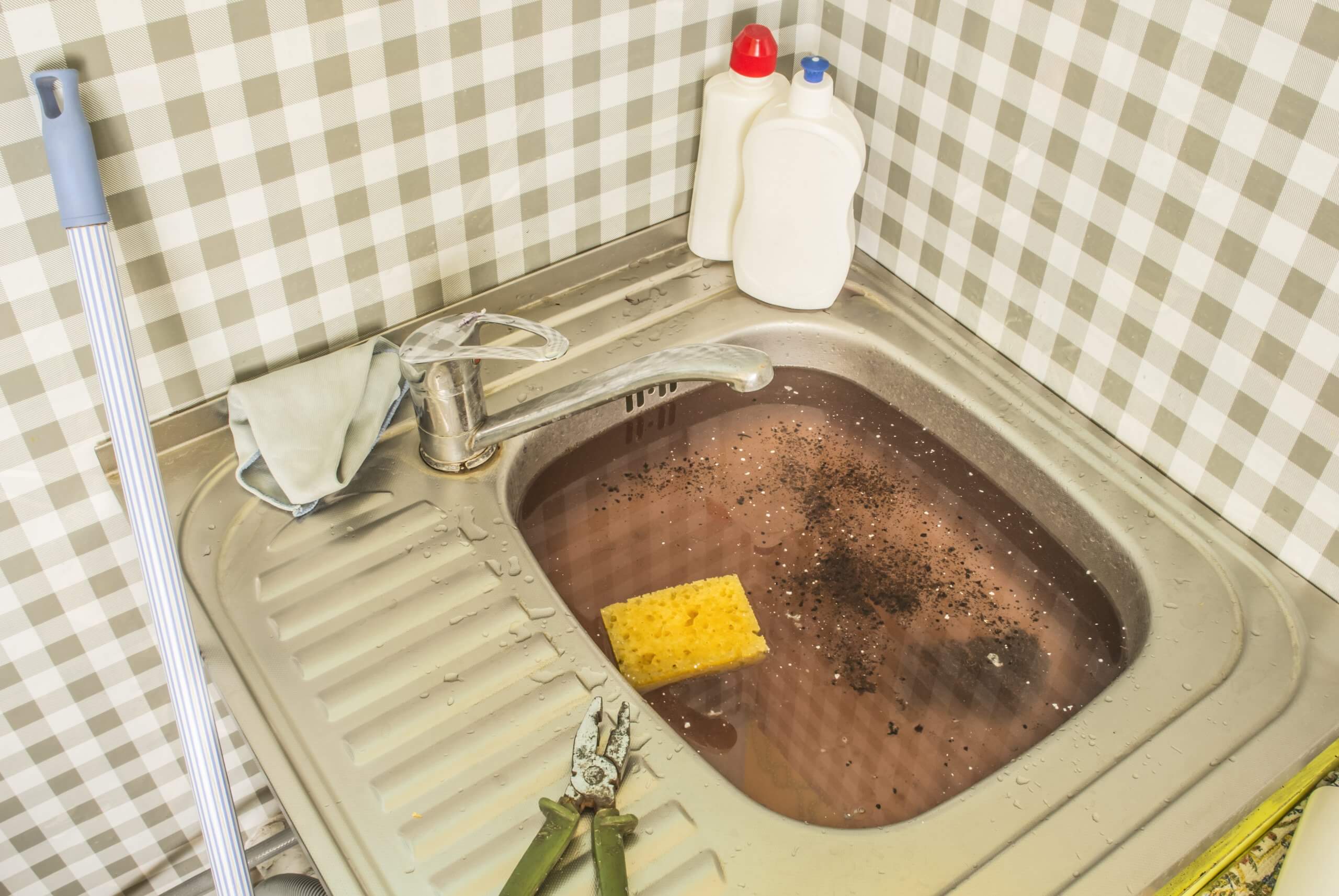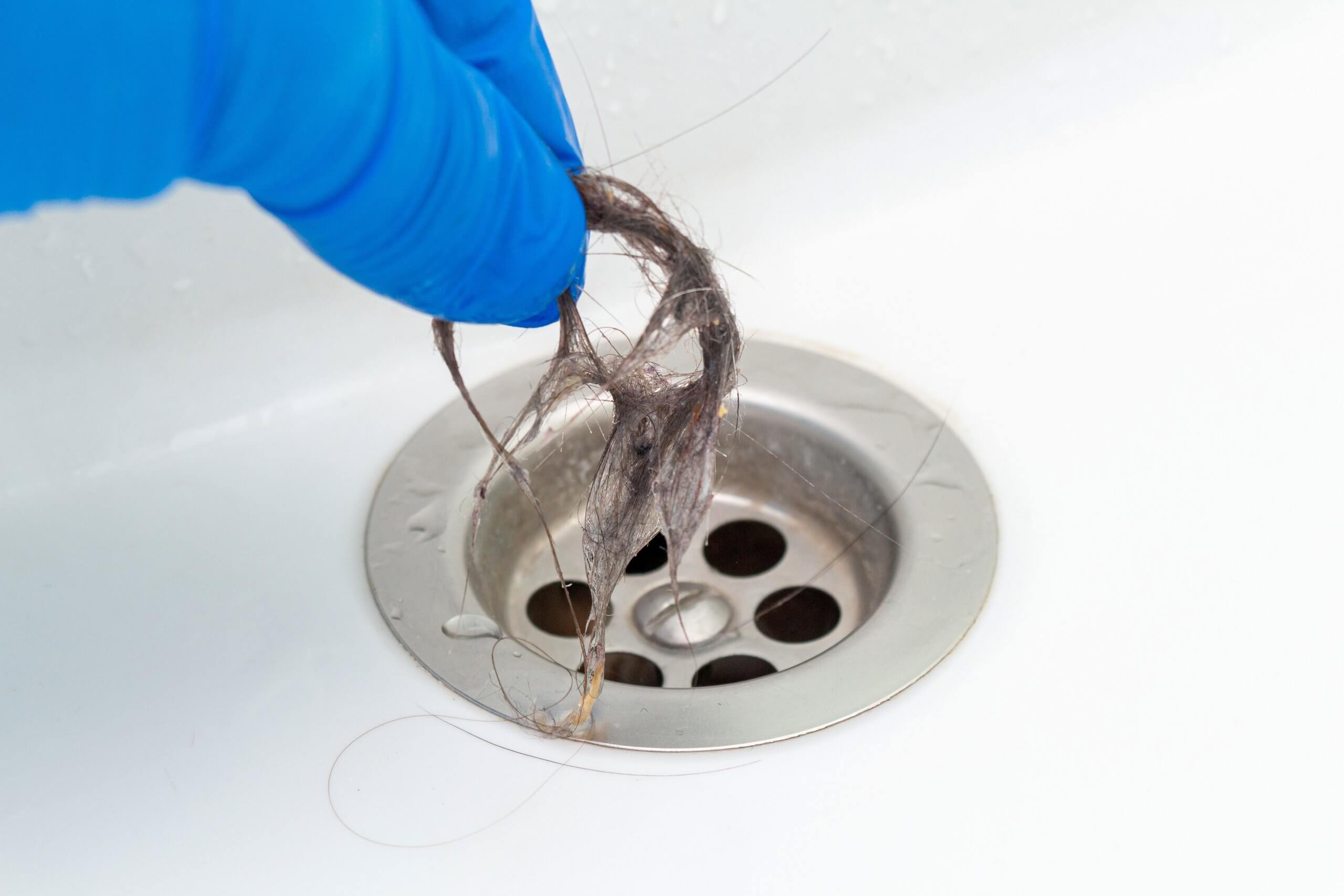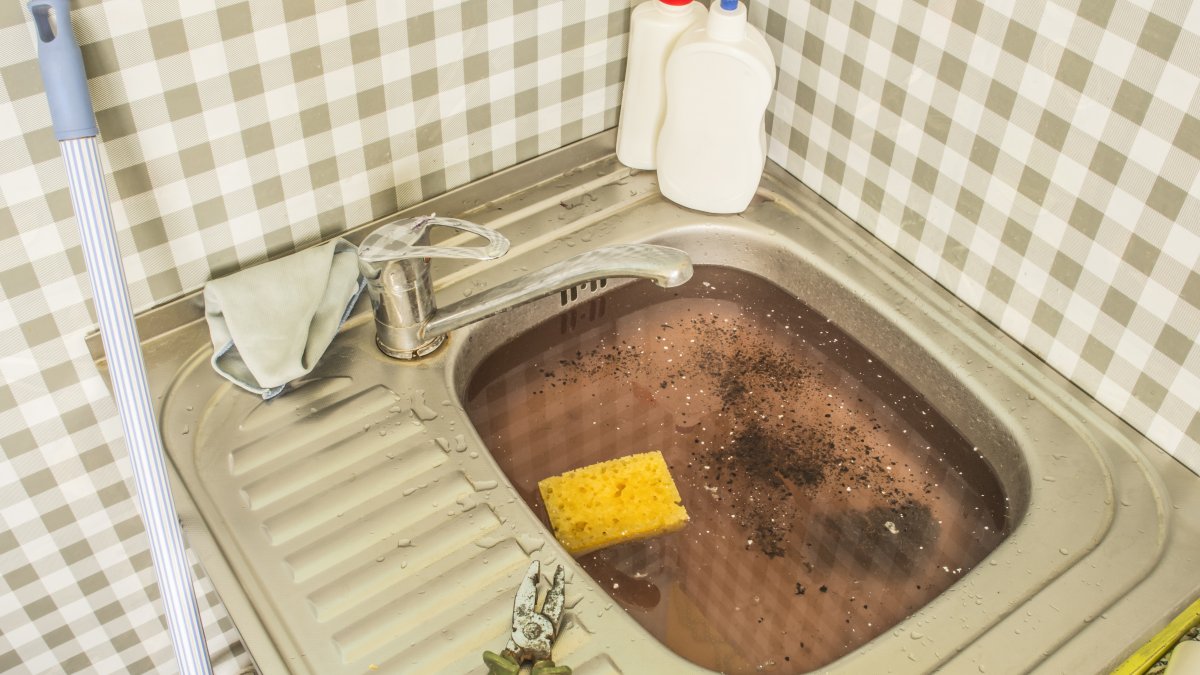
As part of maintaining the plumbing in your home, you should pay close attention to your sinks and drains. The drains work by filtering and flushing away water and debris, whether food particles in the kitchen sink or soap scum, down the shower drain. In the long run, the clogs can end up with an undesirable blockage while doing their job and eventually you will end up ordering from Swiggy all the time.
The usual culprits behind a blocked drain include:
- Hair
- Cooking grease
- Soap scum
- Coffee grounds
If you want to keep your sinks hygienic at all times, it’s crucial to ensure that you provide regular maintenance to your drains. When the blockage in the kitchen or bathroom drain seems serious, checking out reliable licensed plumbers in Indianapolis would greatly help.
Here are several tips to keep your sink and drains in good shape when dealing with the usual culprits.
1. Dispose Of Debris Separately
It might be the best time to switch to a different disposal method for materials that likely cause blockage. Instead of dumping down almost everything down the drain, here are several ways you can try.
- Store cooking grease in a container or can and pour into the trash
- Dispose of coffee grounds in the garbage or add to a mulch pile or compost bin
- Add a screen or drain grate on shower drains to prevent hair and soap scum from moving into the drain.
Routinely brush the drains to prevent the buildup of hair. Remember that hair is responsible for trapping soap and causes scum to accumulate over time.
2. Rinse The Kitchen Drain With Hot Water
When you pour hot water down the drain, it allows the oil in food products to flow faster and easier down the drain. It’s best to let the hot water flow for a few seconds after pouring the grease down the sink.
3. Add Baking Soda Into The Drain
Due to the versatile nature of baking soda, it effectively works as a cleaning agent that you can use in drains. Baking soda can readily absorb undesirable odors and keeps the sinks clean. As part of your routine maintenance, sprinkle baking soda now and then down the drain and run water to keep it clean effectively.
4. Take Precaution When Using Commercial Cleaners
Most of the commercial drain cleaners you’ll find in the stores are equally effective as natural options you have at home, but make sure to avoid using too much.
One of the active ingredients, such as lye in most commercial cleaners, is potent. Using too much cleaner can be detrimental to both eyes and lungs. If you’re going to use one, carefully follow the directions on the packaging and only use the recommended amount.
5. Install Strainers Or Filters In Kitchen Sinks

If you don’t want the inconvenience of cleaning the kitchen drain, your best bet is to install a strainer or filter. A filter works by catching food and other debris, ensuring that only grease and water enter the drain.
Keeping the filter clean is easy. Remove the filter and dispose of any food debris and particles directly into the trash.
6. Pour Vinegar Down The Drain
One of the readily available products in your kitchen that you can use to clean the drain is vinegar. It’s crucial to note that vinegar is an all-around natural cleaner. It’s an organic solvent with acetic acid content that eliminates organic foods and oily substances in the pipes.
Add a cup of vinegar to the drain. Allow the vinegar to sit for 30 minutes before rinsing it away with water. If you want to try out a solution for all the drains in your home, follow these steps.
- Prepare a half cup of vinegar, baking soda, salt, and a few quarts of boiling water.
- Pour baking soda and salt directly into the drain.
- Pour vinegar and allow the mixture to foam for up to a minute.
- Add up to two quarts of boiling water as the last step.
7. Eliminate Grease Using Dish Detergent
You can deal with the accumulation of grease in the kitchen sink with a combination of liquid dish detergent and boiling water.
Pour a tablespoon of dish liquid into the drain and add boiling water steadily. The water will liquefy any grease buildup, while the detergent works by dissolving the oil and grease while the boiling water flushes everything away. If the drain has a significant grease buildup, you can repeat the process two or three times as necessary.
Conclusion
Keeping the sink and drain clean and free of clogs should be a priority for homeowners. You don’t want to end up with a clogged drain when you least expect it. If a blockage occurs, it can be unhygienic and a hassle on your part. These valuable tips will come in handy in ensuring that the sinks and drains in your home stay clean, fresh, and free of debris.
James Anderson
Related posts
Stay connected
- How LoveOn Chat Is Becoming the Most Versatile AI Companion for Digital UsersThe internet keeps shifting toward hyper-personal interaction, and AI companions are at the center of this shift. What used to be simple chatbots are now evolving into emotionally aware, adaptive, and multi-functional digital partners. Among the new generation of platforms, LoveOn Chat is becoming one... The post How LoveOn Chat Is Becoming the Most Versatile […]

